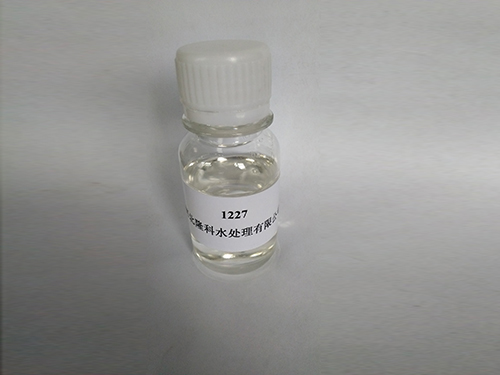polyaspartic acid structure
The Structure and Significance of Polyaspartic Acid
Polyaspartic acid is a fascinating biopolymer derived from aspartic acid, an amino acid that plays a critical role in various biological processes. This polymer is distinct due to its unique structural properties and functionality, making it an area of interest in fields such as biochemistry, materials science, and biotechnology.
Chemical Structure
The fundamental unit of polyaspartic acid is derived from aspartic acid, which can be represented by the formula C4H7NO4. The polymerization process involves the linkage of multiple aspartic acid monomers through peptide bonds, forming a long chain. The resulting polyaspartic acid features a repeating unit that retains the acid functional groups, offering significant chemical versatility.
The structure of polyaspartic acid can be described as being composed of three key components the backbone, side chains, and carboxyl functional groups. The backbone is formed by carbon chains exhibiting the characteristic amide (–CO–NH–) bonds, while the side chains are primarily composed of the carboxyl groups (–COOH) present in the aspartic acid. These distinctive features lead to a polyamino acid that can interact with various other molecules, including proteins, enzymes, and metal ions, increasing its utility in a range of applications.
Biochemical Applications
One of the most notable characteristics of polyaspartic acid is its biocompatibility and biodegradability, which are vital for applications in medicine and biotechnology. Polyaspartic acid is increasingly being studied as a potential drug delivery system due to its ability to form hydrogels. These hydrogels can encapsulate therapeutic agents and release them in a controlled manner, improving the effectiveness of treatments and minimizing side effects for patients.
Additionally, polyaspartic acid's capacity to chelate metal ions makes it an excellent candidate for use in environmental remediation. By binding to harmful heavy metals, this biopolymer can help facilitate their removal from contaminated sites. Its properties allow for the design of bio-based materials that could address ecological challenges, thus highlighting its potential as a sustainable solution in environmental science.
polyaspartic acid structure

Industrial Applications
Beyond biochemical applications, polyaspartic acid is also employed in various industrial processes. Its unique properties make it an ideal candidate for use in coatings, adhesives, and sealants. The polymer's durability and resistance to wear and tear, chemical exposure, and UV radiation enhance the longevity of the materials in which it is incorporated.
In the construction industry, polyaspartic acid is increasingly being utilized in flooring systems, where it provides excellent adhesion, flexibility, and resistance to scratches. The rapid curing time of polyaspartic coatings compared to traditional epoxy systems ensures that they can be applied efficiently, minimizing downtime in various projects.
Moreover, the agricultural sector has started to investigate polyaspartic acid's potential for improving soil health. Its ability to retain moisture and nutrients could lead to enhancements in crop yield and quality, further emphasizing the polymer's multifaceted utility.
Future Research Directions
The ongoing research into polyaspartic acid holds promise for future advancements in multiple fields. Scientists are exploring its potential in creating novel materials that combine biodegradability with high-performance properties. By tailoring the synthesis process and adjusting the molecular weight, it is possible to engineer polyaspartic acid derivatives with specific characteristics tailored for targeted applications.
In summary, polyaspartic acid is a structurally interesting and functionally versatile polymer. Its unique properties lend themselves to a diverse range of applications, spanning from biomedicine to industrial uses, and it presents exciting possibilities for future research and development. As we continue to uncover the potential of this biopolymer, it is likely to play a key role in addressing some of the pressing challenges in health, environment, and industry.
-
Understanding Polycarboxylic Acids: Properties, Applications, and Future PotentialNewsJul.28,2025
-
Scale Inhibitor Explained: How to Protect Your System from Limescale and Hard Water DamageNewsJul.28,2025
-
Scale and Corrosion Inhibitors: Essential Chemicals for Industrial Water System ProtectionNewsJul.28,2025
-
Polyaspartic Acid: A Biodegradable Polymer for Sustainable ChemistryNewsJul.28,2025
-
Isothiazolinones: A Versatile Antimicrobial Class with Industrial Power and Regulatory ChallengesNewsJul.28,2025
-
A Deep Dive into 2-Phosphonobutane-1,2,4-Tricarboxylic Acid (PBTC)NewsJul.28,2025





